I've wanted to write an article about technology and its uses in our classrooms forever. We've come a long way since PCs and VisiCalc emerged in the 1980s. Over the past 45 years, devices kept getting smaller, more powerful, and, best of all, so much easier to use. That, coupled with the explosion of information online, means that any student, any classroom, can have the resources of a Library of Congress to the Nth degree at her fingertips.
Given the scope of this subject, I will divide it into two articles. The first deals with technology in the classroom, what's used, how it's used, its pros and cons, and so forth. The second will examine the future of educational technology, its sustainability, and its use in school offices.
Technology in the Classroom
There's no doubt that technology enhances learning experiences for students. Learning Management Systems (LMS) organize and deliver those improved experiences.
A Learning Management System is a software application or web-based technology used to plan, implement, and assess a specific learning process. Think of it as an electronic lesson plan book on steroids. Typically, an LMS provides an instructor with a way to create and deliver content, monitor student participation, and assess student performance. Source: IBM
This video explains Learning Management Systems.
Threaded discussions, video conferencing, and discussion forums are

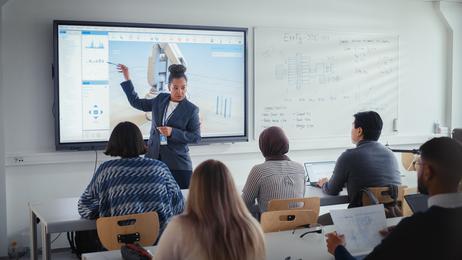
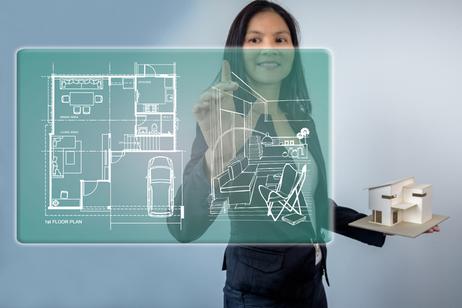


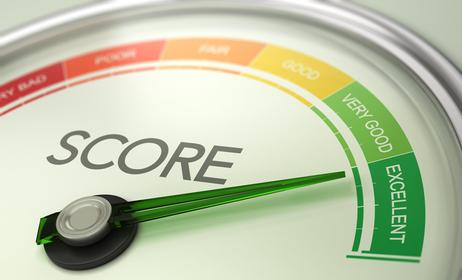
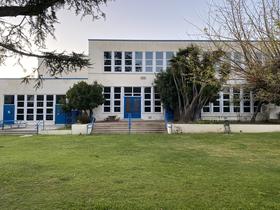

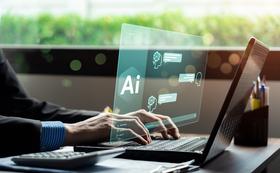









-8okvj5w8m60w0ws40oocok84w-280.jpg)





